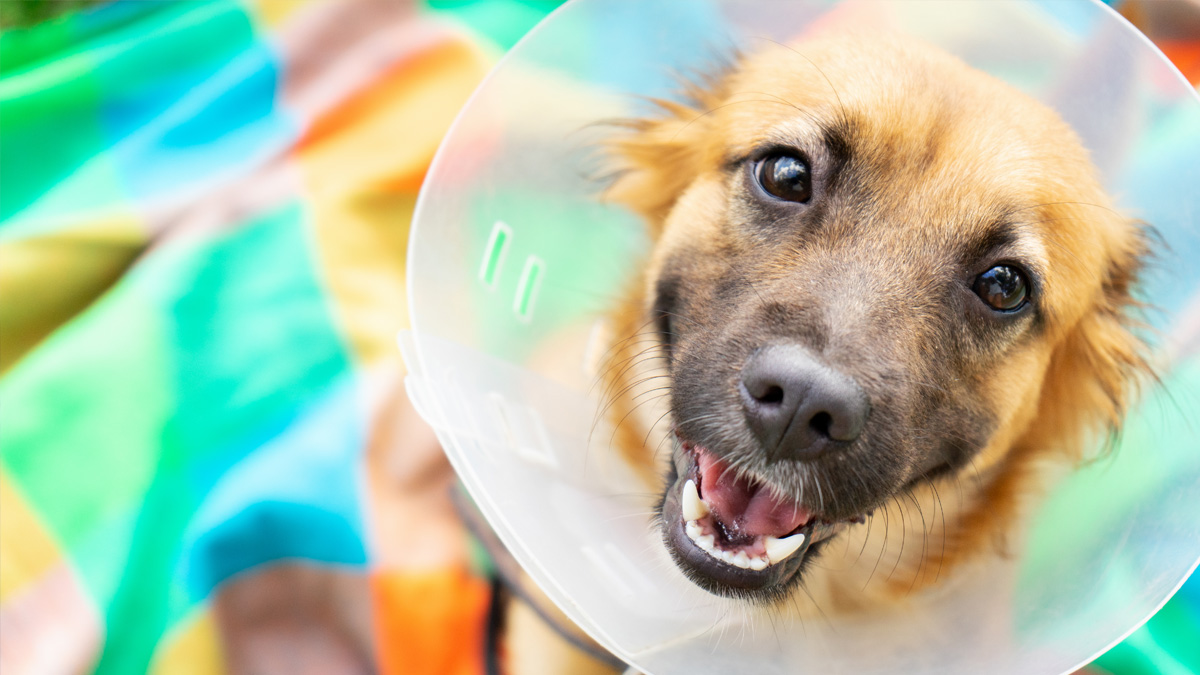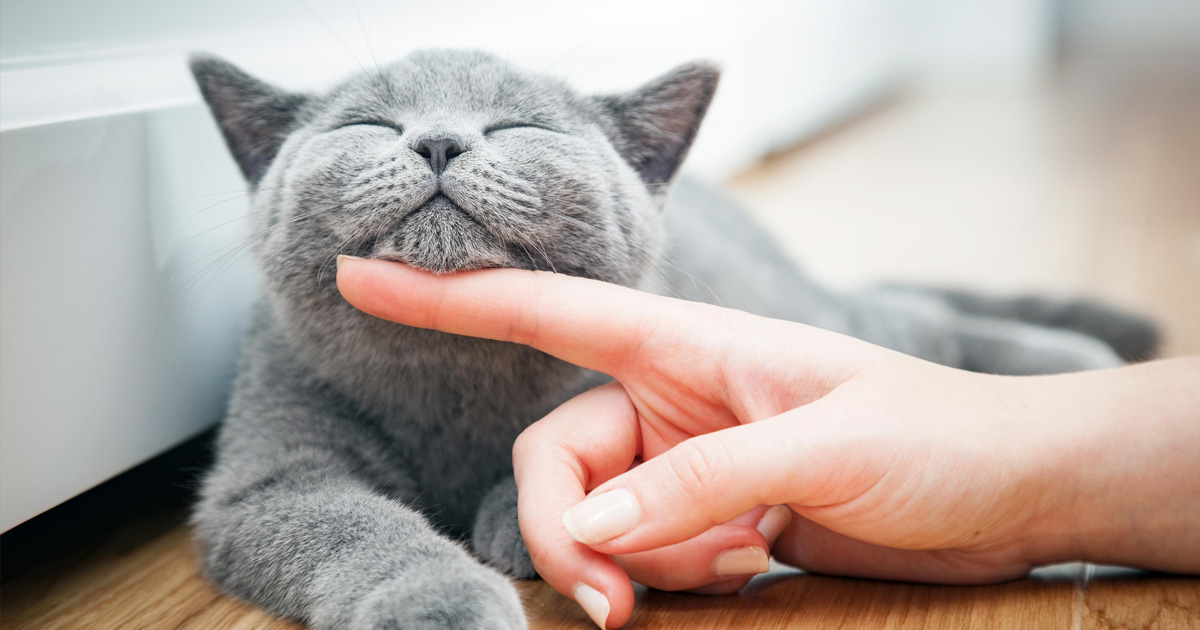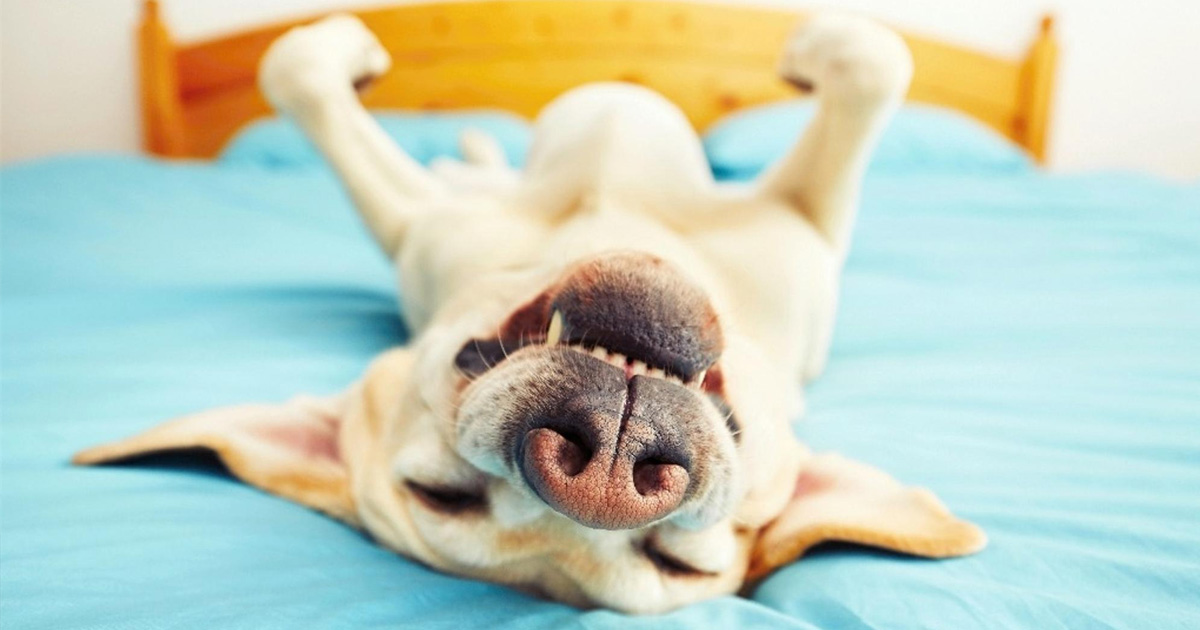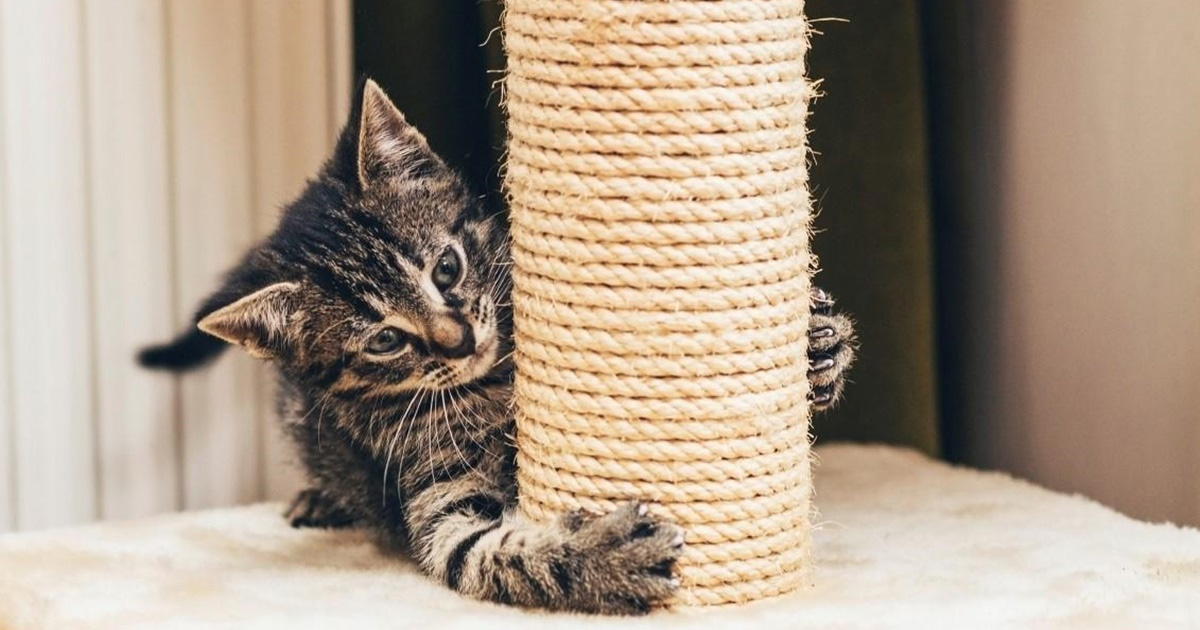Surgery

The most common procedures we perform are canine and feline spays, neuters, dental cleanings, and mass removals.
The most common procedures we perform on a daily basis are canine and feline spays, neuters, dental cleanings, mass removals, and feline declaw (front paws only). In addition, we perform many other soft tissue surgeries (foreign body removal, bladder stone removal among others) as well as various orthopedics. When needed, we can refer you to a specialty veterinary hospital if an advanced surgery is crucial.
General Surgery
Mixed Pet takes surgery and associated anesthesia very seriously as your pet’s health is our highest concern. We require bloodwork for all our anesthetic procedures, which is ideally done prior (within a few weeks) to the day of surgery. This allows us to customize our anesthesia specifically to your pet or even postpone the surgery if necessary (one size does not fit all!). Every pet receives a pre-anesthetic evaluation the day of surgery. From there, they will have intravenous catheters placed and receive pre-anesthetic medications (this reduces your pet’s anxiety, helps with pain control, and reduces the amount of anesthesia we need to use). During the surgery, your pet is continuously monitored by one of our licensed veterinary technicians. We utilize state-of-the-art monitoring equipment (oxygen saturation, blood pressure, EKG, and temperature) that allows us to detect any changes and take the appropriate action. If needed your pet is placed on a heating pad during the procedure to help regulate body temperature. Once the surgery is done, our technician stays with your pet during the recovery period and one of our doctors will call you after the surgery to update you on your pet. We know anesthesia and surgery are stressful for your pet and you. We try to take every precaution necessary to ensure a safe and smooth procedure.
Spay and Neuter Options
When considering your pet’s spay and neuter options, there is more to it than paying the lowest price, nor are these surgical procedures the same. We are medically cautious about this perceived simple surgery. We do not use assembly-line surgery procedures (we admit that sounds bad, but we are just being honest about other methods available). We limit the number of surgeries per day to less than five (some vets have upwards of 40), so that we can monitor and pamper each patient with the utmost care. We strive to offer an affordable spay or neuter in a safe environment, utilizing the highest medical standards available. After preparing your customized estimate, we will simply and quickly explain your options so that you may choose which services are best suited for your pet’s needs.
Frequently Asked Questions
You should pick up your pet’s food and water before going to bed. Then follow your veterinarian’s instructions.
Yes, a dog can sleep with a cone on. They usually adjust to wearing it within a few hours. It is important to keep the cone on to prevent the dog from damaging the surgery site.
A spay is a surgical procedure performed on female patients and a neuter is performed on male patients.
The best age to spay or neuter your pet is between 6 and 8 months of age.
Yes. Once the dog is fully recovered from the effects of the anesthesia and has acclimated to the cone, your dog may be left alone.
Ask your veterinarian for their advice on your specific pet’s condition. Many older pets will require surgery for numerous medical conditions, regardless of age.


